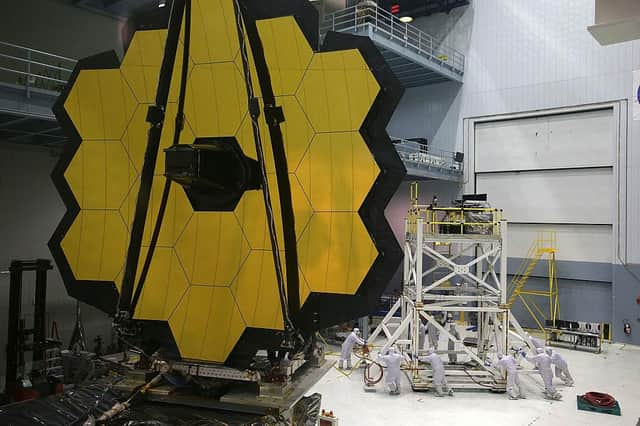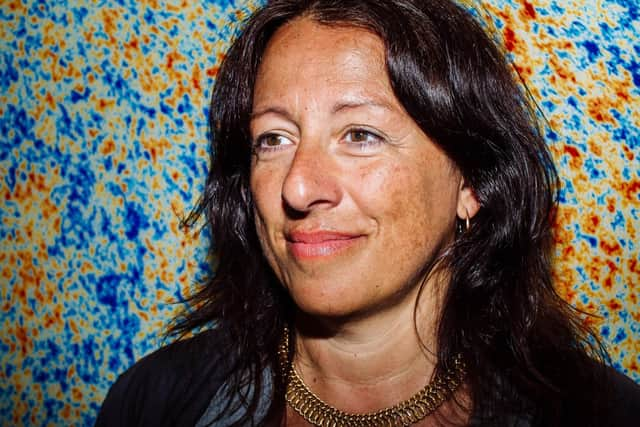University of Portsmouth professor joins space mission to discover new galaxies


Astrophysicist at the University of Portsmouth professor Claudia Maraston, has been selected as part of a team which will be using the James Webb Space Telescope.
They will observe distant corners of the universe to map an estimated half-a-million galaxies.
Advertisement
Hide AdAdvertisement
Hide AdThe telescope is due to be launched in October where it will position itself 1.5 million kilometres beyond the earth’s orbit, providing a window into parts of the universe never previously seen.


ProfMaraston from the university’s Institute of Cosmology and Gravitation has been chosen as part of a select team to interpret and map what the $10bn telescope reveals.
She said: ‘The James Webb Space Telescope is the ultimate telescope for the exploration of the primordial universe, where baby galaxies were born shortly after the Big Bang.
‘It’s said that the step from any telescope to the James Webb is as large as the step from Galileo's early telescope to modern, eight-metre class telescopes.’
Advertisement
Hide AdAdvertisement
Hide AdThe JWST is set to replace the Hubble Space Telescope as the worlds most powerful space observation device.
Prof Maraston added: ‘I cannot even imagine the wealth of discoveries that James Webb will allow and to be part of the project with the largest granted time on the telescope is just amazing.
‘I cannot wait to place my models on those data and discover the physics of primordial galaxies. All this comes at no cost as the proposal was granted based on merit and not based on funding.
‘I am very proud to be part of this selected pool of scientists who made this achievement possible.’
Advertisement
Hide AdAdvertisement
Hide AdBy observing previously unseen galaxies, scientists hope to discover more about the Big Bang theory which is believed to have led to the creation of the universe.
The JWST is part of a joint project between NASA and the European Space Agency.
The giant telescope, which includes a 6.5m-wide mirror and a 21m-by-14m diamond-shaped sunshield, will be launched from Europe's spaceport in Kourou, French Guiana.
A message from the Editor, Mark Waldron
You can subscribe here for unlimited access to our online coverage, including Pompey, for 27p a day.
Comment Guidelines
National World encourages reader discussion on our stories. User feedback, insights and back-and-forth exchanges add a rich layer of context to reporting. Please review our Community Guidelines before commenting.
